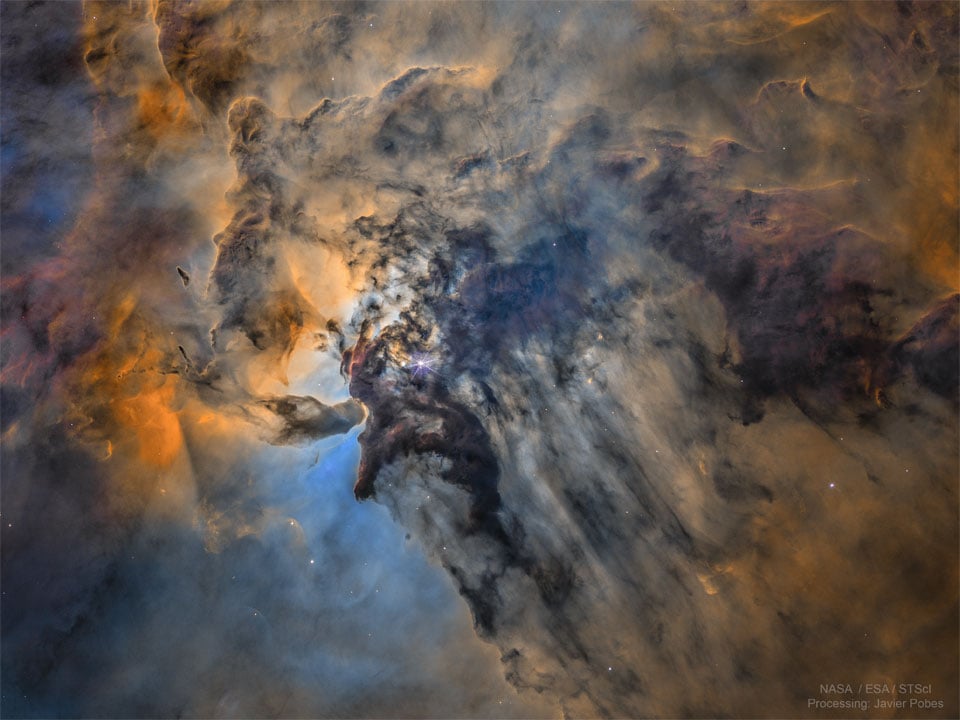66
Nokia is putting the first cellular network on the moon
(www.technologyreview.com)
You can find the original sidebar contents below:
 The Busy Center of the Lagoon Nebula
The Busy Center of the Lagoon Nebula
🔭 Science
🚀 Engineering
🌌 Art and Photography
Other Cool Links
Commercial space flight doesn't give a fuck about astronomers, just ask StarLink.
Article also says:
Maybe they can make it less interfering